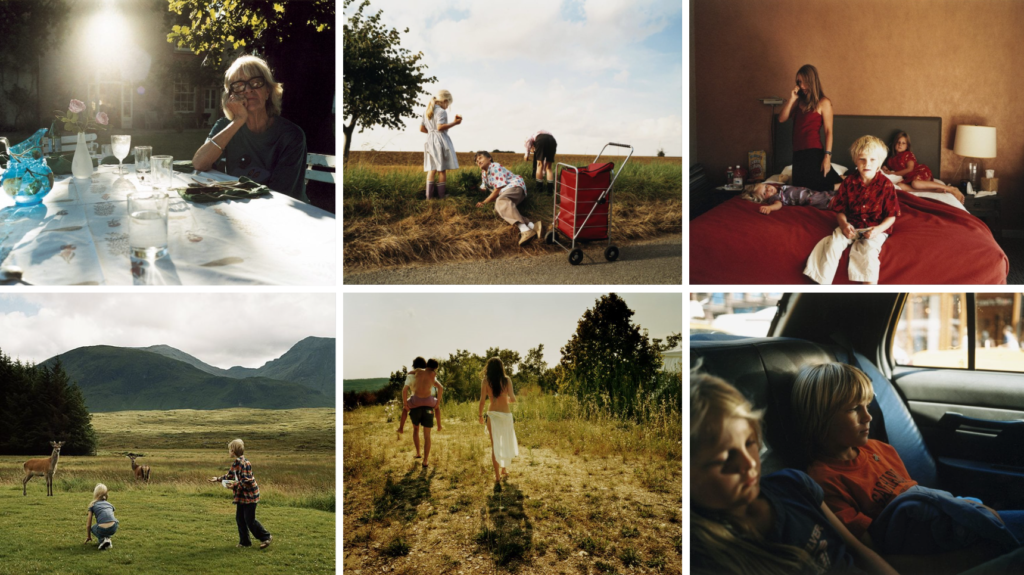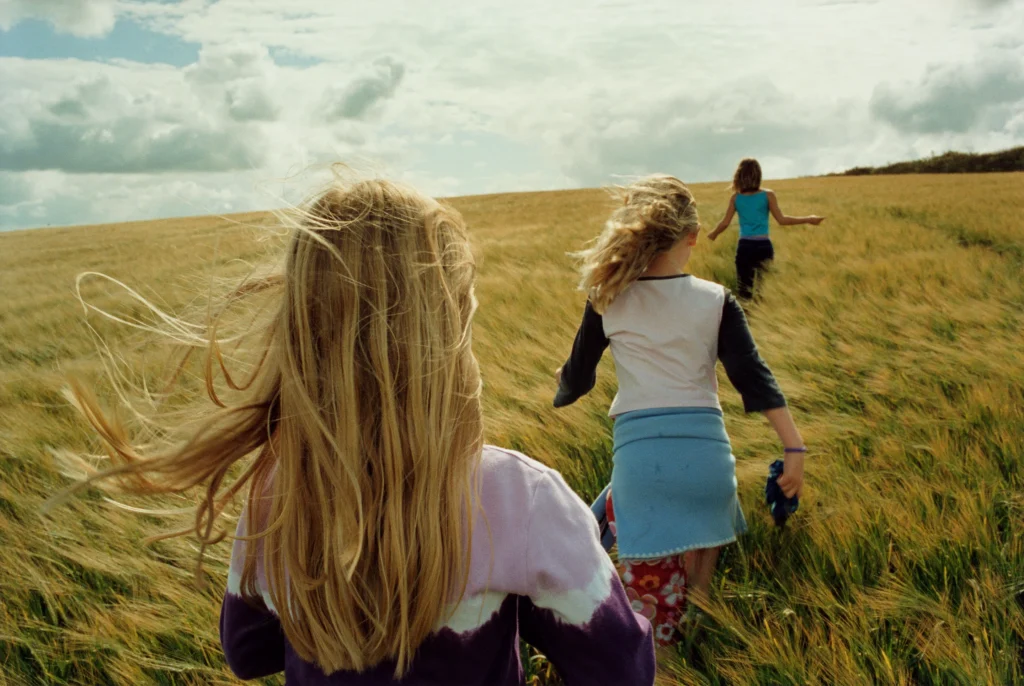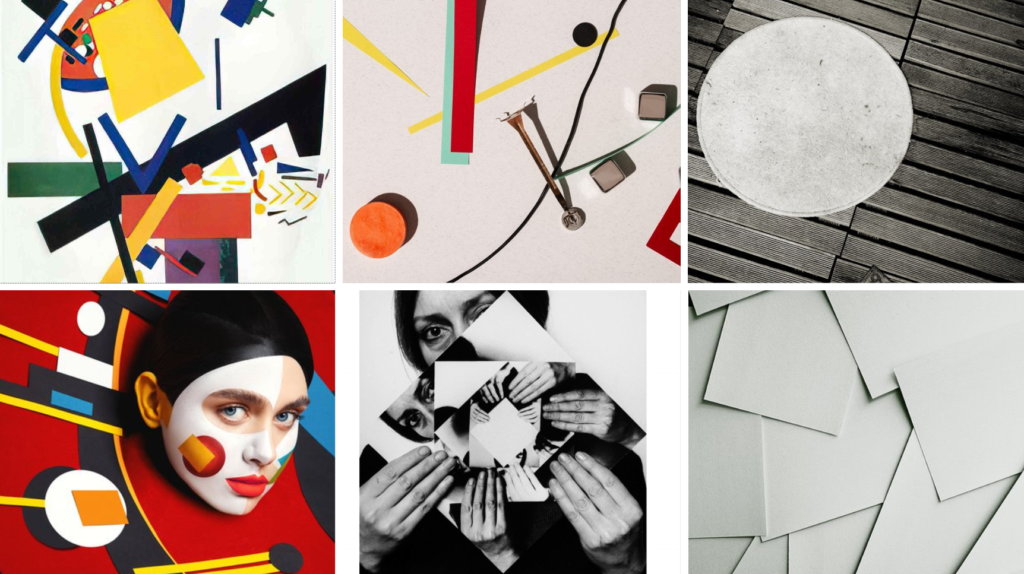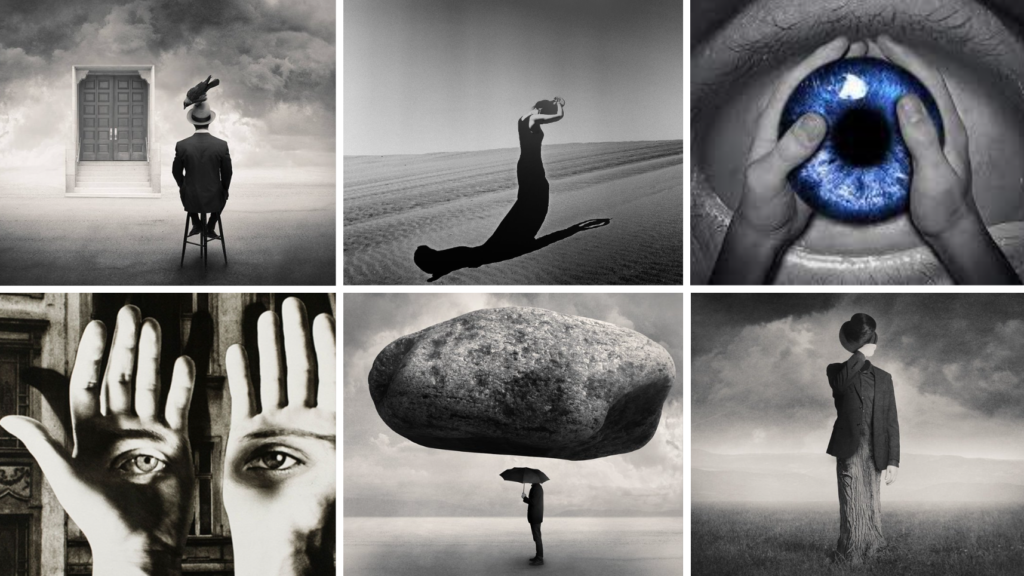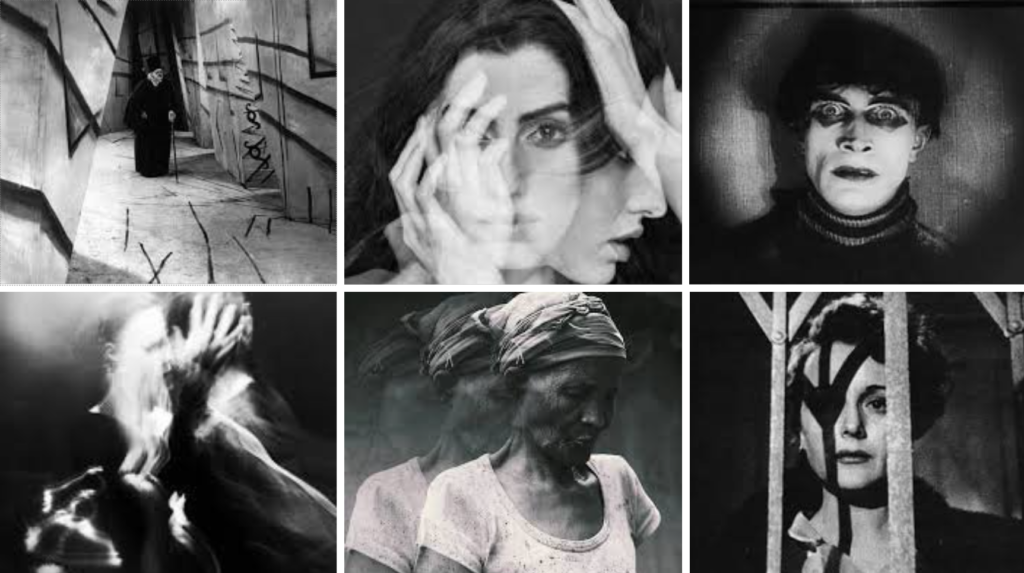- What you want to explore?
- Why it matters to you?
- How you wish to develop your project?
- Which form you wish to present your study (photobook, film, prints etc)
- When and where you intend to begin your study?
For my project on the theme of Union I have decided to focus the relationships and interactions between people, in particular within family. Union can be defined as the action or state of being joined together, and for this project, I’m interpreting it as the connections between individuals that unite them. I thought using relationships for this theme works well as a connection between people whether its a couple, siblings or parent and child can be seen as powerful examples of unions, where the bond between individuals creates something deeply meaningful and unique.
In my photos, I aim to capture both candid, natural moments between people and a few staged shots in the studio. The central focus of my work will be the relationship between my friend and her younger brother, and I intend to highlight the strength of the sibling bond and the importance of this particular family connection. By focusing on family, I can show how these connections help shape an individual into who they are. I believe that the ties between family members (siblings in particular) are significant, as they represent lifelong friendships and deep, meaningful connections.
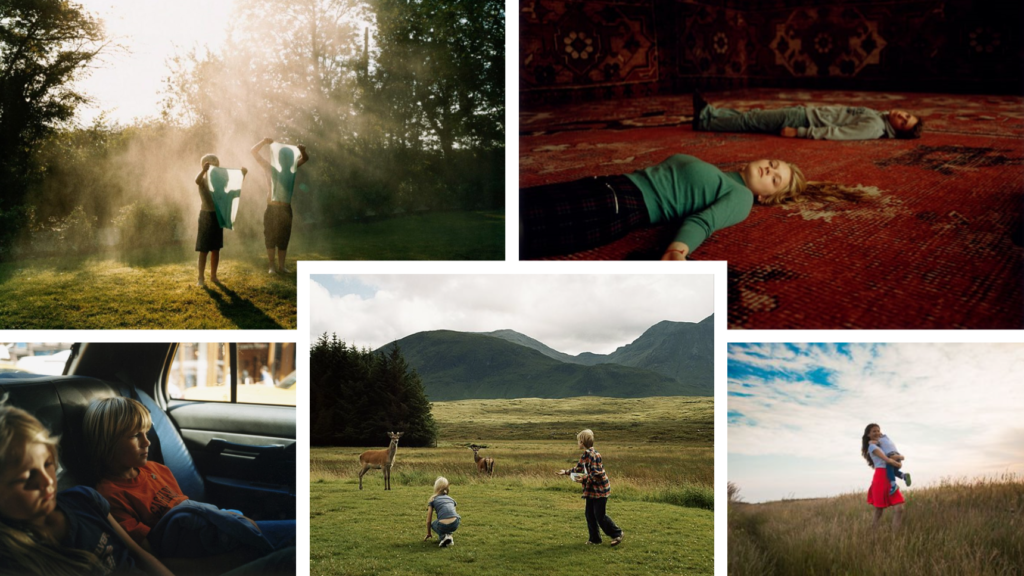
The artist I am wanting to focus on for this project is Emma Hardy who’s photography is known for taking a contemporary approach. she tends to try and create stories within her images using her children as the main subjects. She aims to bring across strong emotions in her images by getting her subject to express a certain emotion in the image of by the use of lighting (eg darker weather or time of day would create a different feel to a sunny day with bright light. Her photos consist of a mix of staged photographs and naturally occurring ones which I am also aiming to do. Hardy takes images of her children and showing the relationships between them she captures happy moments in their lives liking playing together in fields or on family road trips. she also explores the union between the subject and their relation with the environment around them.
I decided to focus my photoshoots on my friend and her brother as I think creating images representing an older sister and younger brother would create warming images especially when in the correct setting such as parks or good lit natural environments. I think this relationship is special as the image will be able to represent how much care the older sibling has for the younger and how much the younger one loves and looks up to their older sister. I also want to try and get images in their natural environments such as their family home so that there is even more connection within the image as the environment around them, toys in the background or household items that that hold personal connections which would enhance the unity of the image will represent a stringer connection such as possibly images on the walls. I would do a variation of different shoots where id involve close up shots o the two to make the main point of the image their expressions and moods in the moments (eg laughing together) and also further away shoots to capture certain activities they may be engaging in and showing how their union represents its self in a larger environment. (eg pushing a swing at a park). I would alter the lighting of the images so that it resonates with the mood of the two. for example if their is a conflict between them like usual siblings them I could change the warm lighting and aim for it to be more cold. As well as this using warmer lighting like the natural light of a sunset while they are playing in a park or field I would be able to capture the happy moments and the viewer of the image will be able to see that much clearer when the lighting of the image.
When editing/ presenting my images, I am planning on taking inspiration from David Hockney. The artist’s style ranges from collaged photography and opera posters to Cubist-inspired abstractions and paintings of the English countryside. He is renowned for his own takes on perspective and use of colour which make his work noticeable and very obviously belonging to him. David Hockney uses the artist movement of Cubism in his artwork and photography. Cubism is a movement that was originated by artists such as Pablo Picasso. It presents photos in unique and abstract ways by breaking objects down into geometric shapes. Cubism is able to show multiple perspectives where it is able to give many viewpoints to the photo giving the viewer an opportunity to interpret the images in the way they think is correct for them. I wanted to use cubism in my work to make my photographs more interesting and abstract. I’m planning on doing both edits on photoshop and also to make the cubism effect with the camera by taking many different photos of the same scene and then putting them all together. when doing a shoot like that I will have to do more portraited images as it would be difficult to conduct if the subjects were moving around a lot. For this shoot I want to conduct it in a indoor and person space (like their home).



